27 F. high temperature in the Twin Cities Thursday.
25 F. average high on December 24.
36 F. high on December 24, 2014.
Trace of snow on the ground at 7 PM Christmas Eve in the Twin Cities.
December 25, 1999:
Strong winds resulted in a one hundred thirty foot radio tower to
collapse in Milaca. No wind measurements were available in the city of
Milaca. However, Princeton airport (Mille Lacs county), had a gust to 45
mph at 10:35 pm CST. St. Cloud airport (Stearns County), had a gust to
44 mph at 8:52 pm CST. Mora (Kanabec county) had a gust to 55 mph at
9:35 pm CST, and a gust to 47 mph at 10:35 pm CST.
December 25, 1996:
A strong low pressure system which deposited heavy snow over much of
Minnesota on the 23rd, pulled extremely cold Canadian air southward over
Minnesota. The cold remained entrenched through the 26th. Temperatures
fell to 15 to 35 degrees below zero Christmas Day morning. The Twin
Cities and St. Cloud set new record low temperatures both days. In
addition, the high temperature on Christmas Day in the Twin Cities was
only 9 degrees below zero. Combined with the record low temperature that
morning of 22 below, the mean temperature for Christmas Day was 16
degrees below zero. This Christmas Day set a new record for being the
coldest day on record for the Twin Cities metro area, going back to the
year 1890 when modern day records began.
December 25, 1922: People are golfing on Christmas in the Twin Cities as temperatures reach the 50s.
Celebrating the Original Christmas Miracle"
Fall on your knees, O hear the angels' voices, O night divine, O night when Christ was born..."
Today Christians celebrate a birth and life like no other.
Last
month my wife and I crept down a flight of steps into a grotto under
Bethlehem's 1,700 year-old Church of the Nativity, where Jesus was born.
It was surreal and deeply moving.
It was a reminder for me that
science is essential - but incomplete. We stare out at the universe
through a pinhole as God reveals himself to us, like peeling away the
layers of an infinite onion. We don't know what we don't know.
Science
has no answers for why we're here - or what comes next. My take:
science is constantly shifting, recalibrating and fine-tuning as our
tools improve and new theories are tested. We zig and zag our way toward
relative, impermanent truth. But there are absolutes, and "the perfect
present" delivered roughly 2 millenia ago is just as relevant today,
maybe more so, here in a very imperfect present.
A brush with snow is likely
tonight into
Saturday, maybe a quick inch. Another system sideswipes us with snow
Tuesday into
Wednesday,
when a couple inches may pile up. This time it might stick around for
awhile. By late next week highs hold in the teens, with single digit
lows. Still no subzero lows in the metro though, and long-range models
suggest a thaw by the second week of January.
It wasn't a white Christmas but I hope it was merry, spent with dear friends and family.
 How The World Looked When Jesus Was Born, According to Roman Geographers
How The World Looked When Jesus Was Born, According to Roman Geographers. Here's an excerpt of an interesting and timely article at
Atlas Obscura: "
Two
thousand years ago, around the time that Jesus of Nazareth was born,
the second Holy Temple was still standing in Jerusalem. The Great
Pyramid at Giza was already 2,500 years old, but the Library of
Alexandria was still around. In Rome, the Colosseum hadn’t been built
yet. It’s a bit uncanny to think about the political geography of a time
and place that’s also the setting for a timeless story–the birth of
Jesus Christ. Because that story is so often told, its context feels
familiar. And, in the part of the world that Jesus lived in, the best
knowledge about the rest of the world was, in some ways, thorough and
accurate..."
Map credit: "
The world according to Strabo." (Image: Paolo Porsia/flickr).
60-Hour Snowfall Potential.
NOAA's 4 KM (WRF) model shows some 3-4" amounts over the northern and
western metro, closer to an inch for the downtowns tonight into midday
Saturday. If you're driving northwest of the metro area on I-94 or
Highway 12 travel may become increasingly icy Saturday morning. Source:
WeatherBell.
Slipping into Winter.
Temperatures thaw above freezing today, but return to average early
next week, running about 10F colder than average by the end of next
week. It looks like we'll welcome 2016 with wind chill values near 0F,
although surface temperatures in the metro area will probably stay above
zero. Expect a light accumulation tonight and Saturday, a dry Sunday
and Monday, followed by another chance of a couple inches of snow by
midweek as colder air pushes into the Upper Midwest. Source:
WeatherSpark.
7-Day QPF.
NOAA's quantitative precipitation forecast calls for excessive rains
from the southern Plains into the Mid South and Ohio Valley; another
symptom of El Nino kicking into high gear - a pattern that (often)
steers the biggest, wettest storms south of Minnesota.
January Thaw.
Long range guidance from the GFS, EPS and other models seems to align,
showing a warming trend by January 4-5, maybe a few days in the 30s
during the second week of January. I wouldn't be surprised to see a 40F
high temperature close to home by mid-January. Source: GrADS:COLA/IGES.
Tornadoes Rake Mississippi Delta - Twisters As Far North as Michigan - in Late December. Here's an excerpt of a very good recap of Wednesday's killer outbreak of tornadoes from Bob Henson at Weather Underground: "One
of the longest-tracked tornadoes ever observed in December carved its
way from northwest Mississippi into southwest Tennessee on Wednesday.
The twister, likely to be rated at least an EF3 after damage surveys on
Thursday, was part of an unusually far-flung year-end outbreak of severe
storms that extended from the Gulf Coast to the Great Lakes. Although
several tornadoes were reported as far afield western Illinois and
central Indiana--and even Michigan experienced its
first December tornado on record--the bulk of the
29 preliminary tornado reports received by NOAA’s Storm Prediction Center (SPC) came from northern Mississippi and adjacent areas.
At least 10 deaths were reported by midday Friday, most of them tornado-related..."
Map credit above: "
Preliminary
damage track of the violent tornado that cut a long swath across
northwest Mississippi into southwest Tennessee on Wednesday, Dec. 23,
2015. An updated track will be produced after storm surveyors assess the
damage." Image credit:
NWS/Memphis. Weather Underground.
Tornado Leaves Long Path of Destruction in the South.
70s and 80s on the east coast, killer tornadoes in from Mississippi to
Michigan - the maps looked more like late April than late December
yesterday. Here's a clip from The New York Times: "...The
breadth of the damage in Holly Springs and elsewhere became clear only
at sunrise, after a day of storms that killed at least 10 and ravaged
the rural South. In Mississippi, where homes and businesses were
devastated and rescuers were searching for survivors, Gov. Phil Bryant
declared an emergency and federal officials sought to determine whether a
single tornado had remained on the ground for more than 130 miles..."
Photo credit above: "
Vehicles
and debris are scattered in an area near Linden, Tenn., Thursday, Dec.
24, 2015. Several people were killed in Mississippi, Tennessee and
Arkansas as spring-like storms mixed with unseasonably warm weather
spawned rare Christmastime tornadoes in the South." (AP Photo/Mark Humphrey).
Here is a partial list of some of the record highs set yesterday:
It's Going to be a Wet, Hot Christmas for Much of the U.S. VICE News attempts to answer the question: "how much of this is natural vs. El Nino vs. climate change?" Here's an excerpt: "..
.It's
a bit of both, according to Pennsylvania State University climatologist
Michael Mann. What's warming the East is a combination of the
fickleness of ordinary weather, the cyclical Pacific warming phenomenon
known as El Niño and the planetary warming already resulting from
human-produced carbon emissions. "The first two factors come and go, but
the third is there for posterity, and will only be exacerbated by
additional carbon emissions," Mann said. "We've had very strong El Niños
in the past. We've had unusual weather fluctuations in the past," he
said. "But the fact that we're talking about not just extreme but
unprecedented conditions — mid- to upper 70s over a large swath of the
eastern US on Christmas Eve, something we haven't seen before — speaks
to the exacerbating effects of human-caused climate change..."
Image credit above:
Climate Reanalyzer.
18 Days Away From Coldest Day of the Year (On Average).
Depending on what data set you look at the dates can range from January
10 to about January 17, when average temperatures bottom out, roughly 3
weeks after the winter solstice. A higher sun angle begins to
compensate for snowcover and long nights. within about 3 weeks. It will
chill down next week, but I don't think January 2016 will be even close
to average. Expect a mild signal to continue. Source:
WeatherSpark.
Very Extended Outlook.
Sometimes lovingly referred to as the "Guess-Cast" it's still
interesting to peer over the horizon. NOAA climate models show a
continuation of the remarkable warm signal for most of North America,
most pronounced across Canada and the northern tier states of the USA
from January into March. We'll see cold fronts (there's a safe forecast)
but the overall trends will probably be milder than average. Remember
average? Source: NOAA CPC.
Strength in Numbers.
Our confidence levels go up when models agree, and every long-range
3-month prediction of temperature anomalies shows the mild signal over
Canada, with an El Nino-driven warm signal from the Pacific Northwest to
Minnesota, the Great Lakes and New England. Source: NOAA.
Current El Nino Rivaling 1997-98? Here's a story excerpt and video from Peter Sinclair at
Climate Denial Crock of the Week: "
The
current El Nino event is now on a scale rivaling or exceeding the
gigantic 1997-98 event – which lead to the extremely warm temperatures
of 1998, the warmest up to that time in the modern record. That record
has been exceeded now several times, in 2005, 2010, and 2014, but just
barely. 2015 is blowing it out of the water – and if history is a guide,
2016 is set up to be even warmer..."
"Hurricane Hunters" Bundle Up for Winter Storm Missions. The men and women who fly into hurricanes don't take time off in the winter, according to an article at
Federal News Radio; here's an excerpt: "...
But
now that hurricane season is over the squadron is gearing up for its
winter mission — storm hunting. During the winter months the squadron
provides data to the National Weather Service for “societal impact”
storms along the East Coast, the Gulf of Mexico and occasionally in the
Pacific Ocean. “Strong winter storms kill more people than hurricanes
do,” Talbot said. “We fly these tracks out in the ocean and we drop
instruments out over the areas where these storms are forming and the
idea is to provide this data to the computer forecast models that the
National Weather Service uses to forecast the intensity of these storms,
how much snow is going to fall, how much impact there is going to be...”
File Photo credit above: "
The
pilot's view of sunset as seen through the Heads-up Display after fling
into Hurricane Ike. The Air Force Reserve Hurricane Hunters fly
nonstop, 24 hours a day collecting data in the storm that threatened the
coastline of Texas in 2008." Source: U.S. Air Force photo by Major Chad E. Gibson).
Polluted Waters Give Rise to Environmental Pulpit. The health of the world's oceans is under threat, as described in a
New York Times article; here's an except: "...
A study published in February in the journal Science
based on research by the University of California Santa Barbara’s
National Center for Ecological Analysis and Synthesis estimated that
between 4.8 million and 12.7 million metric tons of plastic waste enter
the oceans annually from land: with the midpoint of that range enough to
cover an area 34 times the size of Manhattan with ankle-deep waste.
Experts estimate 80 percent of the plastic in the ocean enters from land
and the other 20 percent from the sea through sources like direct
dumping from boats, container spills and fishing gear..."
Photo credit above: "Waste floating in February in Guanabara Bay off Rio de Janeiro, the site of the 2016 Olympics." Credit Leo Correa/Associated Press
The Solar Industry's Solar Miracle.
Slate takes a look at the renewal of renewable tax credits and what it means for solar and wind; here's an excerpt: "...
It’s a Wonderful Life?
Yes. But it’s also the story of solar companies in the past few months.
In November, things were looking bleak for the renewable energy sector
at large and for solar companies in particular. The sector has been
booming since 2009. The price of installing solar panels has come down sharply as scale has risen, new business models have hastened the spread of the technology, and giant companies are entering contracts to buy huge volumes of renewable energy.
But none of that would have been possible without 1) the special
federal tax breaks and credits for owners of solar panels, and 2)
abundant capital seeking returns in a world of extraordinarily low
interest rates..."
Photo credit above: "
Like George Bailey, investors and executives at solar companies were essentially teetering on the bridge outside of town." Photo illustration by Lisa Larson-Walker. Photo by VioNet/
Shutterstock, via RKO Pictures.
A New Study Says Elected Politicians Really Do Have Shorter Lifespans. You can literally watch President Obama's hair turn gray on-camera. Tough gig. Here's a snippet from
Quartz: "
Whether
they’re mere figureheads or active change-makers, there’s no doubt that
presidents, prime ministers, and other heads of state experience unique
levels of stress, the detrimental effects of which on health and aging have been well-documented. Now a Harvard-affiliated study, published in the BMJ
(formerly the British Medical Journal) last week, has concluded that
the stress of leading a nation likely cuts a person’s lifespan two years
short..."
Photo credit above: "What were we thinking?" (Reuters/Michael Kappeler).
The Oddest Inventions of 2015. According to Gizmag; here's an excerpt: "Television,
the telephone and many other great inventions throughout history were
initially scoffed at before they went on to take the world by storm.
That's not a likely scenario when it comes to the following list of
oddball contraptions ... but you never know. In a nod to free-spirited
thinking that's not beholden to suffocating notions of common sense or
commercial success, here's our pick of the quirkiest inventions to hit
Gizmag's pages throughout the year..."
Santa Needs To Bring Us Some Sanity Before Rage Consumes our Christmas Spirit. Here's an excerpt of an Op-Ed at
The Washington Post that hit home: "
Santa,
baby, just slip a little something useful under America’s Christmas
tree. We don’t need hoverboards, Apple Watches, drones or the Pie Face
game. Our country needs courage. Reason. Sanity. But we’d settle for
sedation. Maybe a Valium in every stocking? Probably not. And if Santa
did bring us some meds to soothe our collective rage, pharma bro Martin
Shkreli would find a way to price-gouge it. There is too little
Christmas spirit and too much fear and outright hatred..."
What Makes Dogs Tilt Their Heads?
They're just trying to humor us. My theory: they're all little hairy
space aliens waiting for just the right time to take us all up to the
Mother Ship. Wait for it. Here's an alternative explanation from
Mental Floss: "...
Experts say the real answer has more to do with your dog’s ability to empathize. Dogs are impressively good
at reading and responding to our body language and vocal cues. When
you’re lecturing your pooch for taking food off the counter, they’re
taking it all in even if the literal message gets lost in translation.
Same goes for when you’re giving your pup praise. Dogs are capable of
recognizing certain parts of human language, so when they cock their
heads as you speak to them it’s possible they're listening for specific words and inflections they associate with fun activities like meals and playtime..."
Image credit: Giphy.

CHRISTMAS DAY: Some sun, a bit milder. Winds: S 7-12. High: 33
FRIDAY NIGHT: Light snow develops, roads become slick late. Low: 28
SATURDAY: An inch or two of snow and flurries - slick roads. Winds: NE 10-15. High: 31
SUNDAY: Partly sunny, colder wind. Good travel conditions. Winds: NW 10-20. Wake-up: 16. High: 19 (falling)
MONDAY: Fading sun, no travel headaches. Wake-up: 6. High: 23
TUESDAY: Chance of a little wet snow. Wake-up: 21. High: 31
WEDNESDAY: Colder, couple inches of fluff? Wake-up: 24. High: 27
THURSDAY: Few flakes - feels like 0F Wake-up: 10. High: 20
Climate Stories...
U.S. Bread Basket Shifts Thanks to Climate Change. More
volatility in the system, more "whiplash" between drought and flood,
more midsummer heat and higher dew points will stress current systems
and best practices. There will be a new to bake resiliency and better
water management systems into ag to maintain the kinds of yields farmers
(and consumers) are accustomed to. Here's an excerpt from
Scientific American: "...
Farmers
are already responding to more variable weather by installing drainage
systems to keep their fields from becoming waterlogged during heavy
rains and expanding irrigation to ward off the effects of drought. Some
farmers are reducing tillage to increase soil carbon content and reduce
erosion. Others are buying larger equipment so they can complete
planting faster when the conditions are favorable. But all these
measures may not be enough to prepare Midwestern farmers for the
dramatic environmental changes ahead. By between 2035 to 2065,
temperatures in Illinois will be more like those in the mid-South, with
rainfall patterns ranging between today's East Texas and the Carolinas.
While higher temperatures may make certain regions more hospitable for
growing, other problems like low soil quality or not enough rainfall
could make shifting production there more unlikely..."
As Climate Change Imperils Winter, The Ski Industry Frets. Here's an excerpt of an article at
InsideClimate News: "...
The snowsports industry—which supports hundreds of thousands of jobs and contributes $12.2 billion to the U.S. economy every year—is already hurting.
"This is an industry that is literally seeing climate change first
hand," said Chris Steinkamp, the executive director of the environmental
advocacy group Protect Our Winters. "People are realizing this is
something that needs to be addressed, that climate change is not this
theory anymore."
The number of ski areas in the U.S. has dropped almost 20 percent in
the last two decades, from 546 in 1992 to 470 today, according to the
National Ski Areas Association..."
Unusual Weather Had Millenials Concerned About Climate Change.
Weather has always been variable, unpredictable, often extreme. But are
the extremes becoming more extreme over time? Here's an excerpt from
Yahoo News: "
Unusual
weather is dominating the conversation on social media for the
holidays, especially among millennials, who are increasingly concerned
about climate change. Yik Yak, a location-based mobile app popular with
millennials, surveyed its audience and found nearly 70 percent are
worried about climate change. More than a quarter of them say their
concern has grown due to the unusual winter weather this year..."
Minnesota Grad Talks Climate Change in Paris.
This renews my sense of optimism - younger people, as a general rule,
aren't science skeptics. They see what's going on, and they want to be
part of the solution. Here's a clip from
The Grand Forks Herald: "...
Students
were tasked with exploring a specific aspect of climate change, with
Wildenborg covering the proceedings from an economic and technological
perspective, particularly dealing with the relationships between
developing and developed countries. Parents Peter and Anne Wildenborg of
Red Wing said they are proud of their son’s enthusiasm for the trip —
including fundraising efforts to help with expenses and attending the
Citizens’ Climate Lobby Regional Conference last month at Red Wing High
School to get prepared — but were “apprehensive” for him to go after
more than a hundred people were killed Nov. 13 in attacks around the
Paris area..."
Photo credit above: "
Aaron
Wildenborg of Red Wing (center) poses with classmates earlier this month
at the United Nations Climate Change Conference in Paris. They were
part of a delegation from St. John’s University and the College of St.
Benedict." (Photo courtesy of Aaron Wildenborg).
How Close Are We to "Dangerous" Planetary Warming? Here's an excerpt of a long and detailed explanation from climate scientist Michael Mann at
Huffington Post: "...
The
IPCC graphic suggests that keeping net CO2 emissions below 3 trillion
tons -- and thereby stabilizing maximum CO2 concentrations below 450 ppm
-- would likely keep warming below the "dangerous" 2C limit.
Unfortunately, that conclusion is overly optimistic because, once again,
it relies on the use of an artificially warm, too-recent baseline for
defining the pre-industrial period. To better understand the problem,
consider this graph (Fig. 2 above) from an article my colleagues and I published in the American Meteorological Society's Journal of Climate back in 2013..."
Graph credit above: "
Greenhouse Warming (in degrees C) As Estimated by IPCC Climate Models." (Source:
Schurer et al (2013)).
After Paris Accord, Most U.S. Republicans Back Action on Climate Change. Why won't their elected leaders in Washington D.C. do the same? Follow the money. Here's an excerpt from
Reuters: "...
More
than half, or 58 percent, of Republicans surveyed said they approved of
U.S. efforts to work with other nations to limit global warming, the
poll showed. Forty percent said they would support a presidential
candidate who did so. Sixty-eight
percent, meanwhile, said they either somewhat or strongly agree that
they are willing to take individual steps to help the environment, such
as cutting down on air-conditioning or buying a more efficient car..."
* More perspective from Newsweek.
A GOP Market-Friendly Alternative to Obama's Clean Power Plan. Here's an excerpt of an Op-Ed from The St. Louis Post-Dispatch: "...The
good news for the GOP is that there is a market-based alternative to
Obama’s Clean Power Plan. It is Citizens’ Climate Lobby carbon fee and
dividend proposal. The Post-Dispatch endorsed this proposal in a 2012
editorial, “Carbon Cure-All.” CCL’s proposal is to charge a fee for
carbon at its source (mine, well or border), and then rebate 100 percent
of the revenues monthly to every U.S. household. Pricing carbon would
eliminate the market distortion that results when no one pays the cost
of dumping carbon pollution into our air supply. Two-thirds of the
population, especially the poor and middle class, would come out ahead
monetarily..."



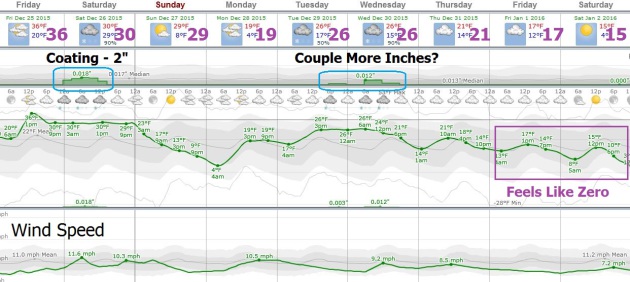


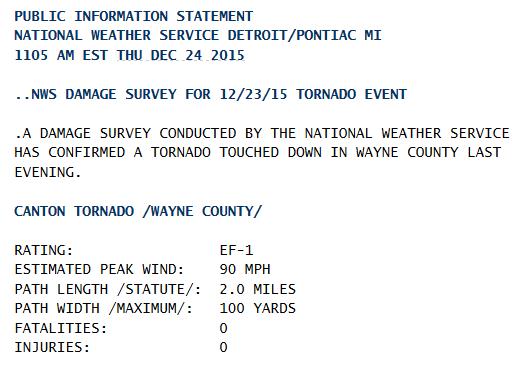
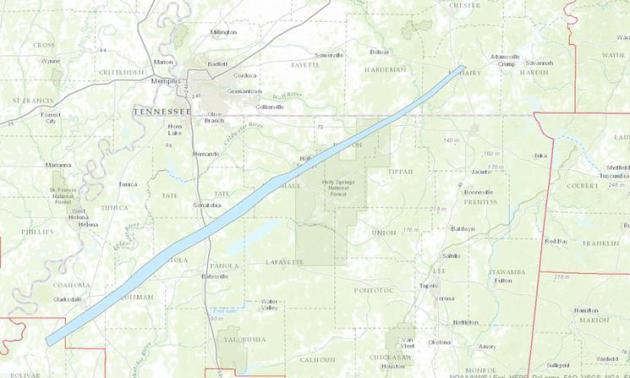
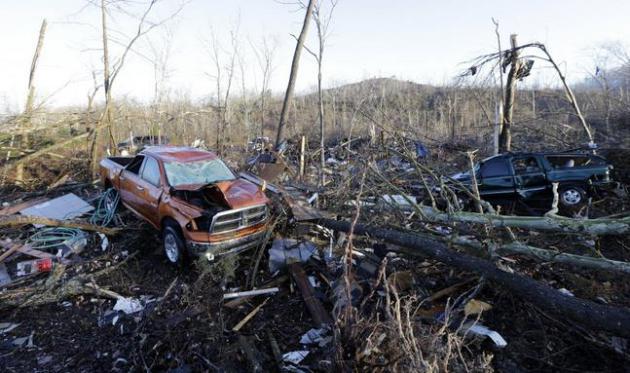
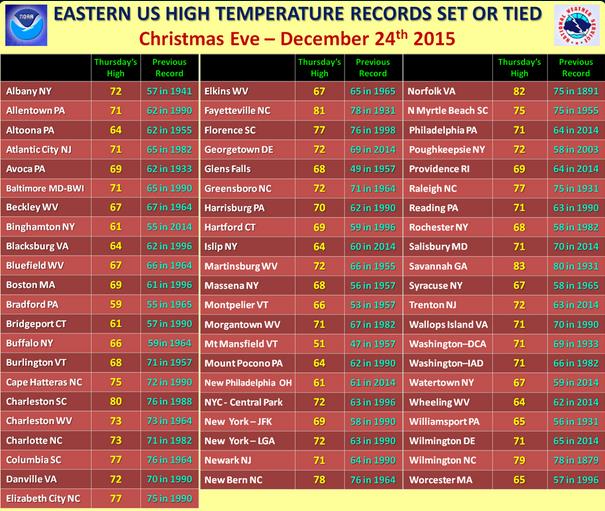


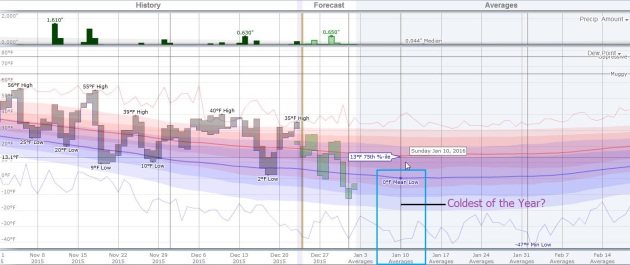

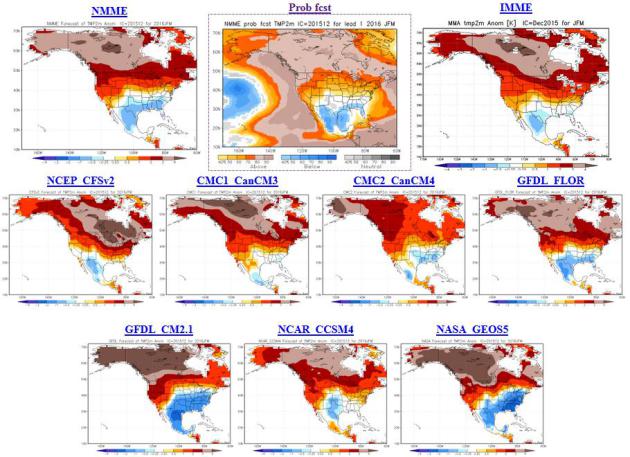


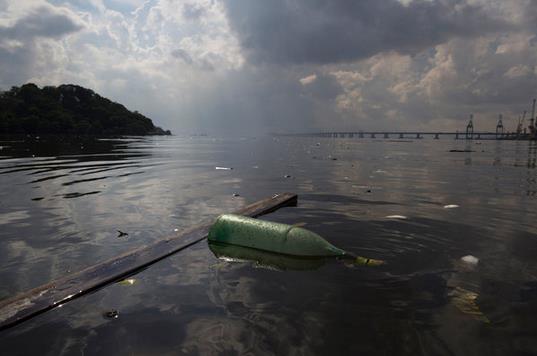
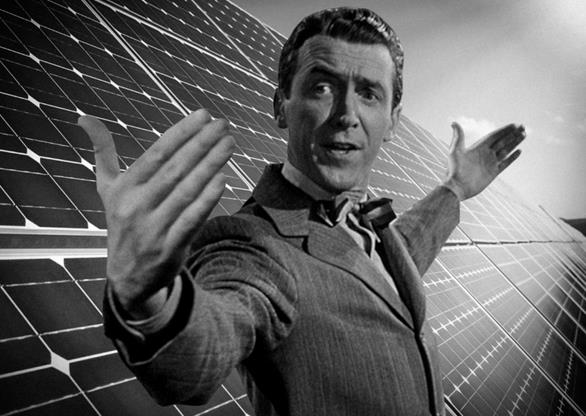
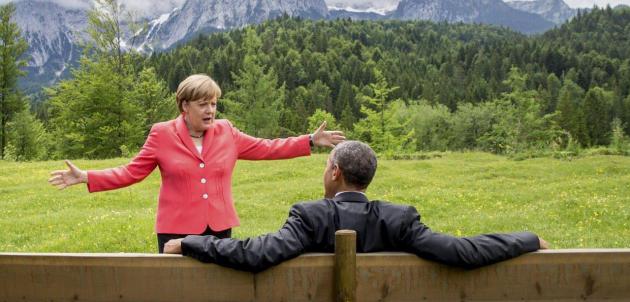






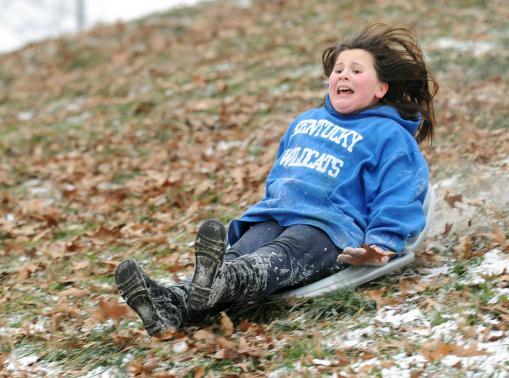

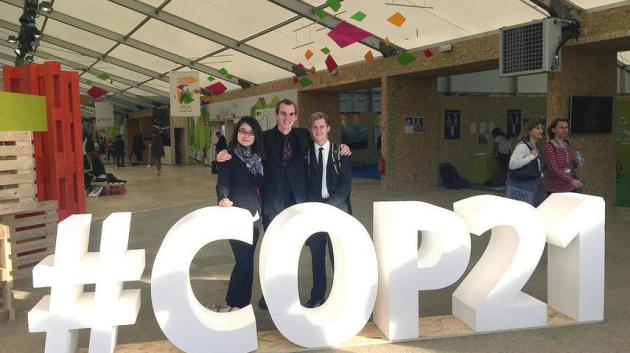
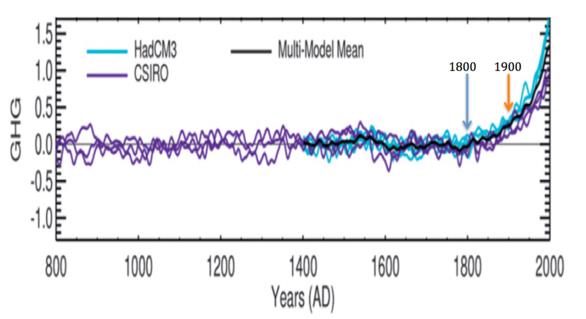
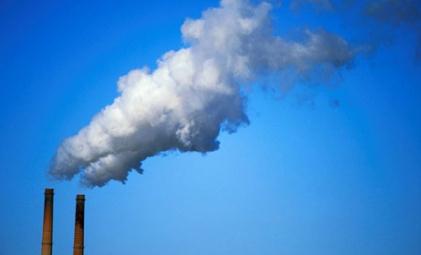

No comments:
Post a Comment